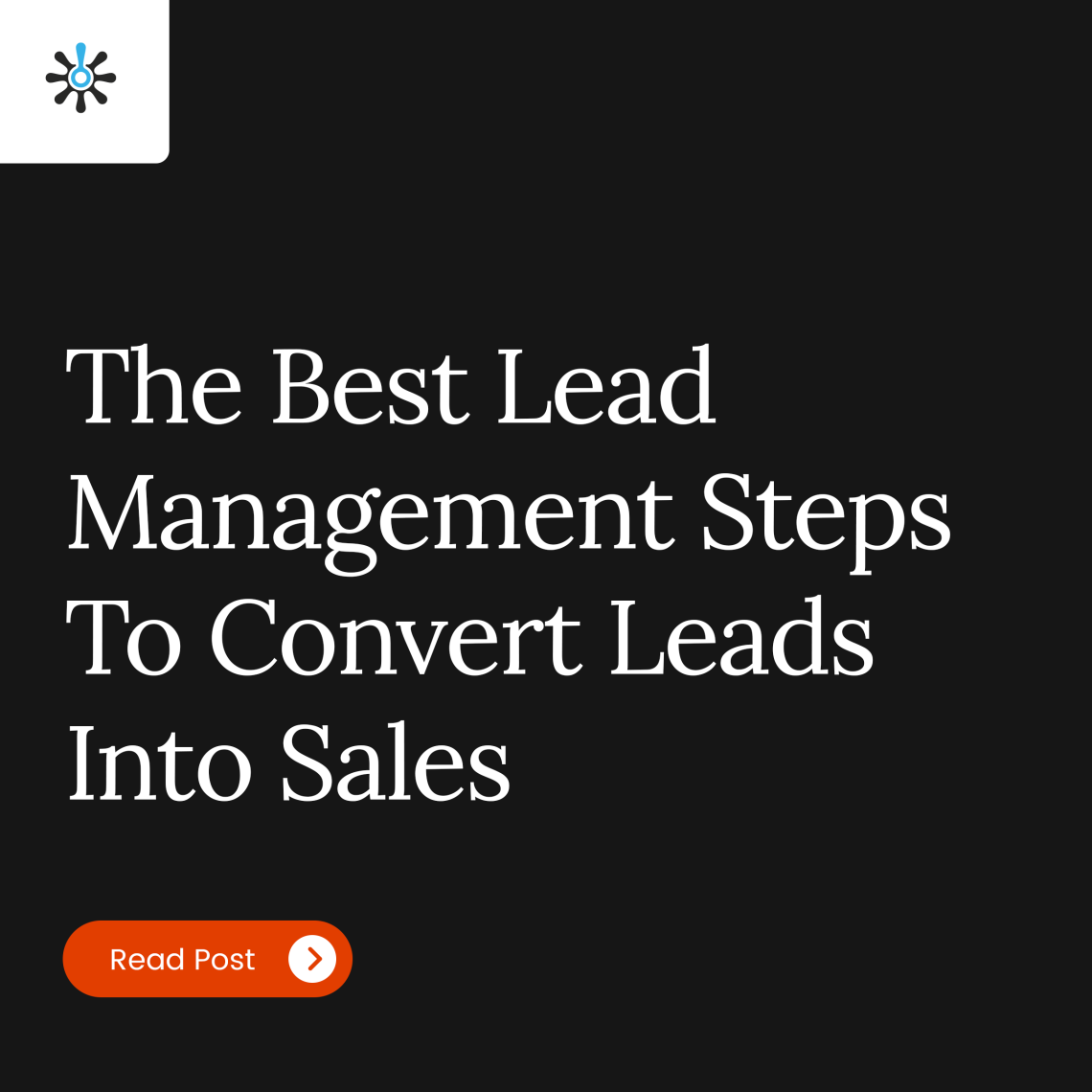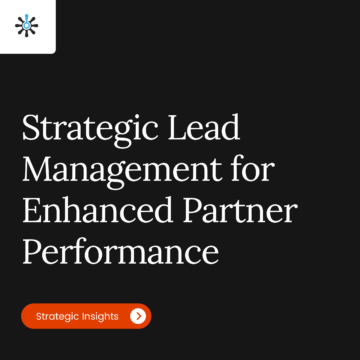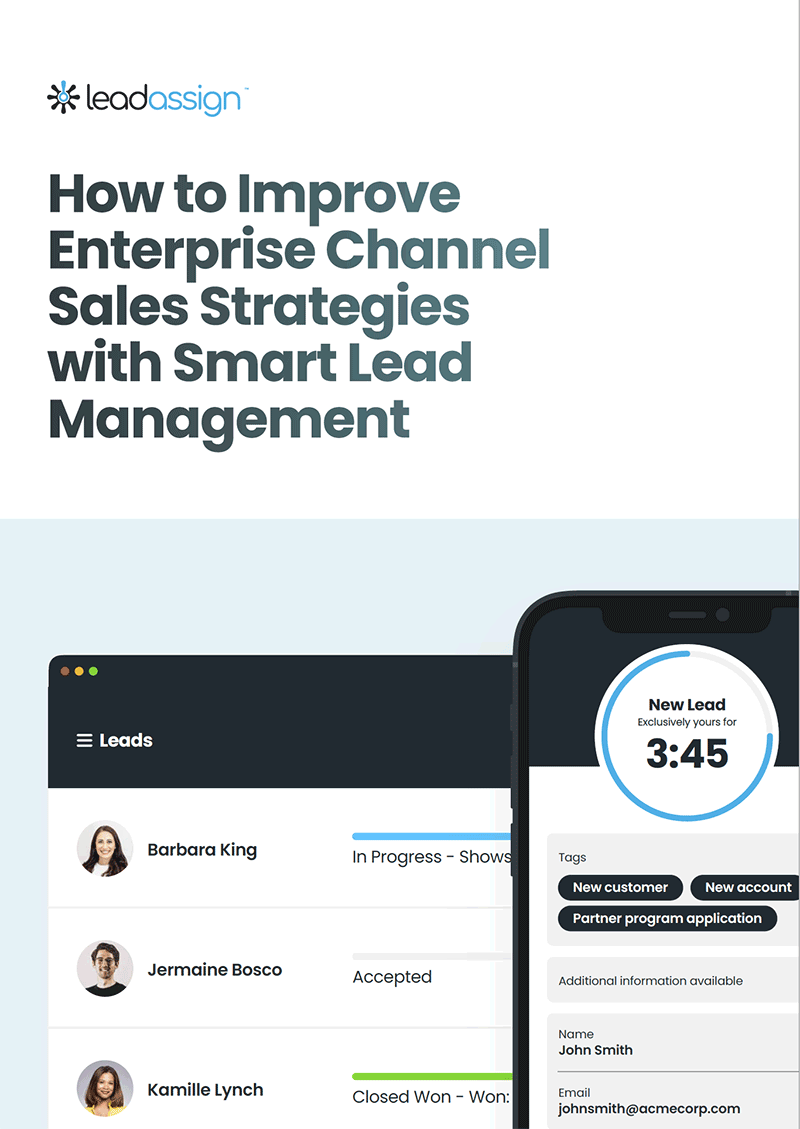Businesses want to increase the volume and quality of their sales pipeline, and so focusing on the best leads in a timely manner is the most desired scenario. The best lead management strategies convert leads into sales, cultivate repeat customers or referrals, and streamlines the associated administrative tasks.
8 Best Steps to Effective Lead Management
The top eight lead management best practices include:
1. Define a solid lead profile
Define the persona of the most ideal potential customer, who is ready, willing, and able to make a purchase. Address potential challenges they come across, incorporate what is of interest to them, and identify their most used methods of communication.
2. Provide targeted content
The ability to influence a potential customer’s decision can come from providing value through thought leadership before any actual transaction is made. Presenting targeted expert knowledge can also be an opportunity to incorporate calls to actions. Examples of this include blogs, social media posts, and data-backed research.
Where possible, consider using marketing automation tools to personalize content based on lead behavior and interactions. This approach can significantly enhance engagement and conversion rates.
3. Create a nurturing sales funnel
Develop relationships with potential customers while keeping interactions with lesser qualified leads for the future. If a potential customer is not a qualified lead, they should still be considered part of the lead nurturing process.
Implement lead scoring mechanisms to prioritize and categorize leads based on their level of engagement and readiness to convert. This allows for a more targeted and efficient nurturing process.
4. Match the best leads with the best sales agents
A lead provides no value to a company if it doesn’t convert, and it won’t have a chance at converting if the lead is not responded to by the most appropriate and available salesperson.
5. Shorten response time to potential buyers
Did you know that 78% of customers buy from the first sales responder? Furthermore, the chance of closing a sale decreases by 80% if not contacted within the first five minutes. Optimize your lead workflow by adopting an automated lead management platform.
6. Have a feedback loop
Regardless of if a lead successfully resulted in a closed sale or if the lead is lost for a particular reason, collect the feedback information. Look at the good and the bad and use that business intelligence so that lead management processes can be improved on where needed.
7. Keep the data clean
CRM software can present data in a way that presents team performance and increases conversion rates. Data that is inaccurate or unavailable loses its value. Requiring salespeople to keep up to date CRM profiles and portfolios may be tiresome and painful. Use integrated tools to increase software tool adoption and usage.
8. Make sure marketing and sales teams work together
Use an integrated CRM system of customer data with sales team and marketing campaign activity. The more data the teams have, the better they can enhance the customer experience and close sales.
Managing and Assigning Leads to Sales Reps and Channel Partners
There are various ways to approach how leads are managed and assigned to sales reps and channel partners. Spreadsheets and CRM (Customer Relationship Management) software are two of the most common strategies.
Spreadsheets for Lead Management
Spreadsheets, such as Excel and Google Sheets, are readily available, but they take time to manage. They tend to need manual data input and other administrative tasks to manage, which is inconvenient, tiresome, and costly.
There is also the issue of slow response time. Data will always have to be updated, transferred, and linked between individuals, departments, and partner networks. Due to the time it takes to collect and input, the data is instantly considered out of date providing less value then intended.
Spreadsheets increase risk associated with client information safely stored. They can be easily transferred and misplaced, increasing the risk of customer data loss or leak. Spreadsheets can be useful initially, but ultimately, the inefficient process can by quite costly to businesses in time.
CRM Software for Lead Management
In contrast, using CRM software can save time by consolidating data and shortening lead response time. CRM software can automate sales operations, keep data safely stored, and reduce administrative tasks,
Even though there are many benefits to CRM software, there can also be some downsides. Sales tools applications tend to have low adoption and usage rates by sales reps. For example, 80% of senior executives reported that their biggest challenge is getting their staff to use the systems they had installed.
Finally, CRM software can work well for inside sales, but may be less effective for outside sales. If sales and marketing software are not directly integrated, we revisit the issues around spreadsheets and manual data input.
Whether your business opts for a CRM system or spreadsheets, effective lead management is crucial for your lead conversion rates. By adopting the right strategies, you’ll not only enhance your sales pipeline but also nurture long-lasting customer relationships.
If you’re a seasoned marketer looking to refine your lead management process or a business owner aiming to boost conversion rates, we can provide actionable steps to enhance your sales effectiveness with automated lead management. Contact us to learn more about the essential strategies, from lead qualification frameworks to automated processes, that will guide you through the journey of turning leads into successful sales.










